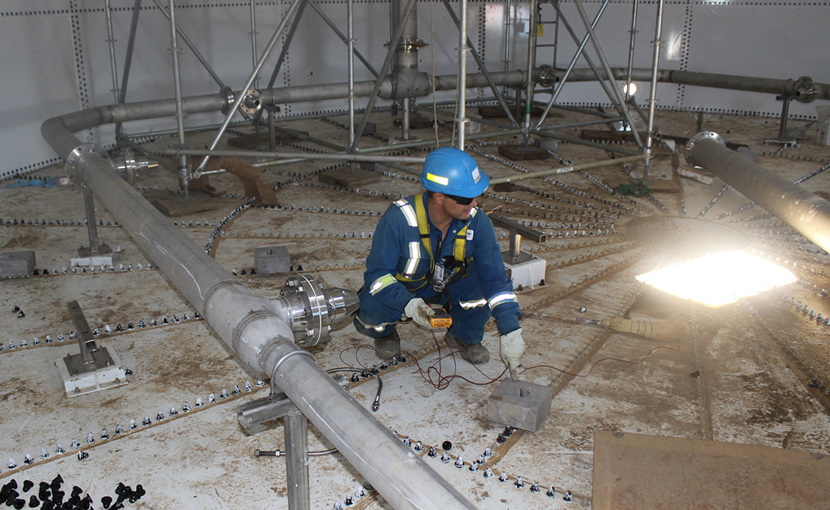Most employers look for candidates with high school completion. Some may require a relevant college or technical school program. A valid class 5 drivers license is also needed. Safety courses, such as first aid or WHMIS (Workplace Hazardous Materials Information System) are assets.
Employers tend to prefer applicants who have a trade certificate. Some may be okay with applicants who are willing to obtain these skills through training.
Cathodic protection is a designated trade in Alberta. Certification is not legally required to work.
Level 1 applicants who qualify based on a recognized credential must have 1,000 hours of work experience over 12 months and complete one of the following NACE International courses:
- CP 1 Tester
- CP 2 Technician
- CP 3 Technologist
- CP 4 Specialist
- A combination of Basic Corrosion, Corrosion Prevention in Oil & Gas, Cathodic Protection: Theory and Data Interpretation courses, and the Energy Safety Canada Cathodic Protection Rectifier course or equivalent
Level 1 applicants who qualify based on work experience do not need to complete NACE training. But they must have 1,500 hours of work experience over 18 months.
Applicants for level 2 occupational certificate must have the level 1 certification and 1,000 hours of work experience over 12 months. They must also complete one of the following NACE International courses:
- CP 2 Technician
- CP 3 Technologist
- CP 4 Specialist
- A combination of Basic Corrosion, Corrosion Prevention in Oil & Gas, and Cathodic Protection: Theory and Data Interpretation courses
Certification based on work experience is not available for level 2.
To learn about courses and enrolment requirements, check the training provider’s calendar, visit their website or contact them.
The following schools offer programs or courses that are related to this occupation but are not required to enter the field.
To expand or narrow your program options, visit Post-Secondary Programs and start your search with:



